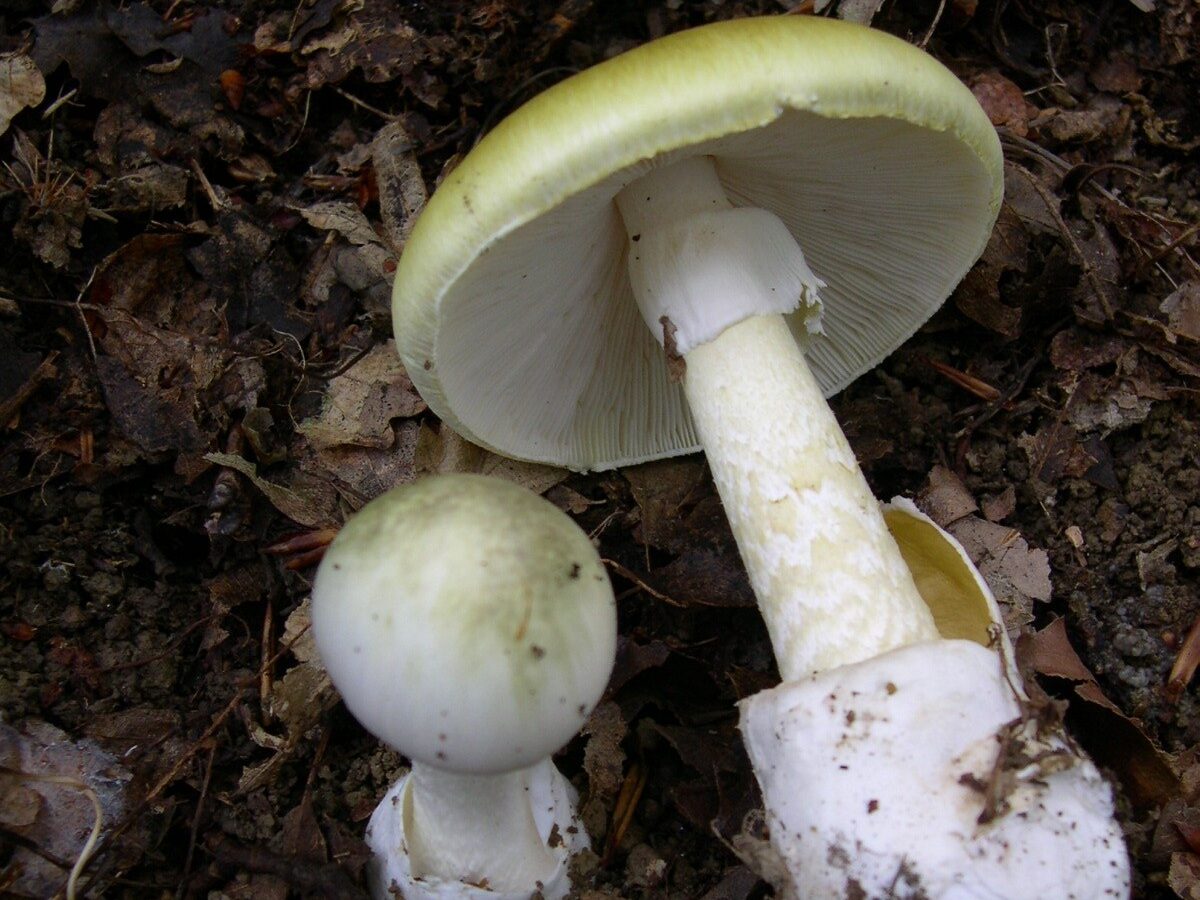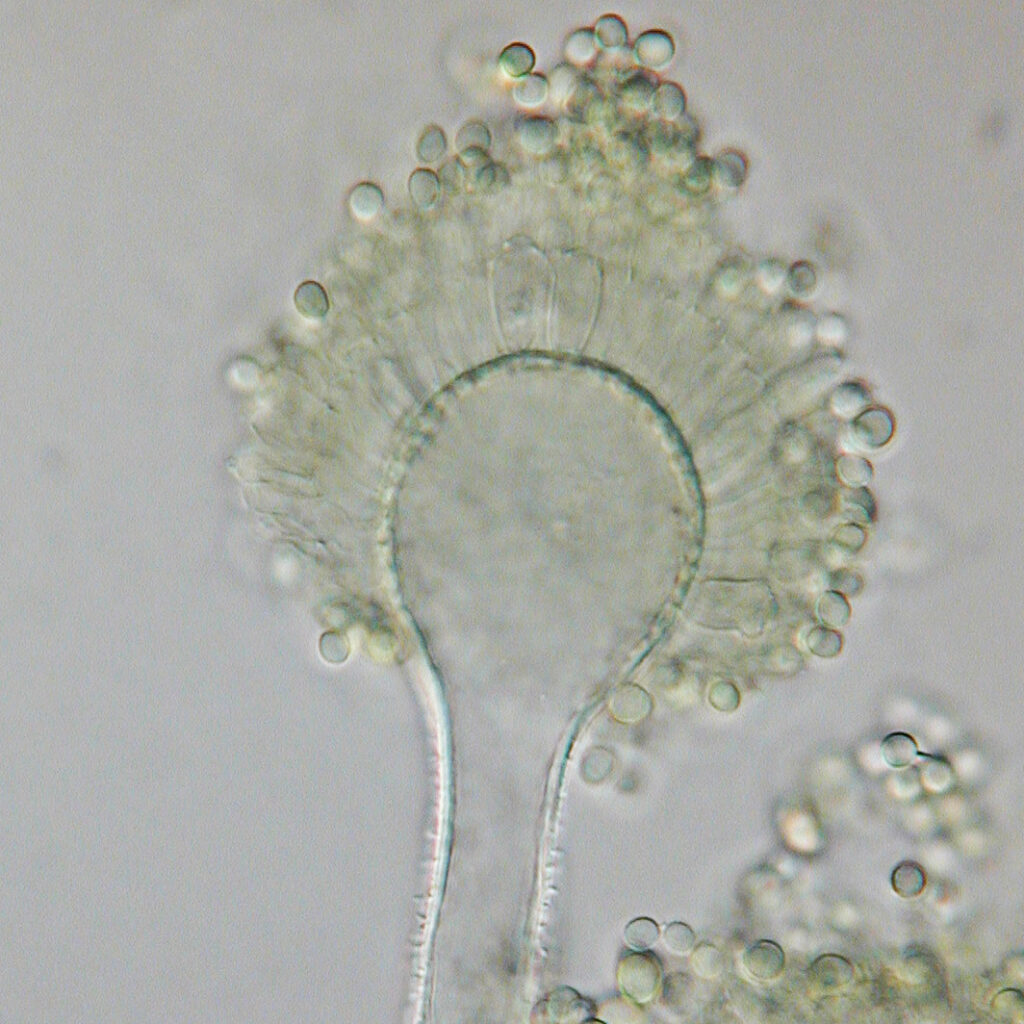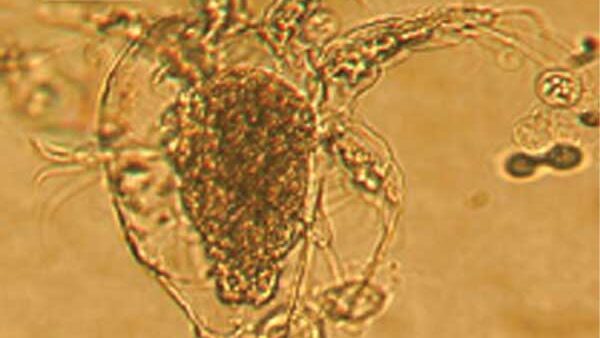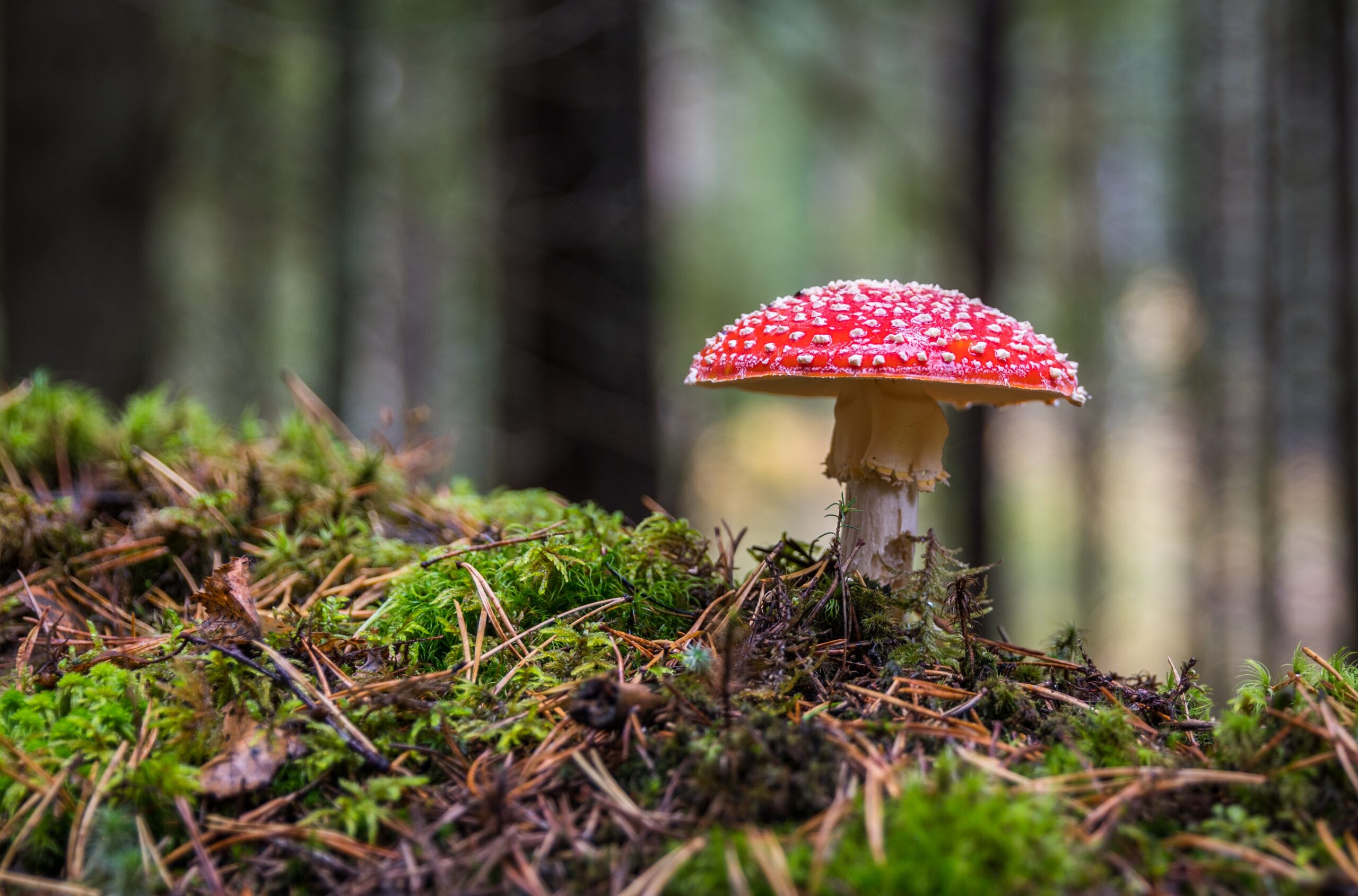Hello and welcome to InGeneralScience.com where we explore the fascinating world of nature and its impact on our lives.
Today, we’re going to talk about an interesting and frightening topic. We’re going to look at the deadliest fungus to humans. Fungi are a diverse group of organisms that can be found worldwide, from the soil to the air.
While some fungi are harmless, others are highly toxic and can cause severe illness and even death. In this video, we’ll explore the different types of fungi that are dangerous to humans, how they can affect our health, and what we can do to protect ourselves from their harmful effects. So sit back, relax, and let’s get started.
PART 1: THE DANGEROUS FUNGI
Amanita Phalloides: Also known as the Death Cap, Amanita Phalloides is one of the most dangerous fungi in the world. This mushroom grows in many parts of the world, including Europe, North America, and Asia. It is highly toxic and can cause severe liver and kidney damage. Ingestion of just a small amount of the Death Cap can lead to death within a few days.

Claviceps Purpurea: Claviceps Purpurea is a type of fungus that affects cereal crops such as wheat, barley, and rye. It can cause a condition known as ergotism, which affects the nervous system and can cause hallucinations, fever, and muscle pain. In severe cases, it can lead to gangrene and death.

Aspergillus Flavus: Aspergillus Flavus is a type of fungus that can be found in grains, nuts, and spices. It produces a toxin known as aflatoxin, which can cause liver cancer and other health problems if consumed in large quantities.

Batrachochytrium Dendrobatidis: Batrachochytrium Dendrobatidis is a fungus that has had a devastating impact on amphibian populations worldwide. It causes a disease known as chytridiomycosis, which can lead to the death of amphibians, including frogs, toads, and salamanders.

Cryptococcus Neoformans: Cryptococcus Neoformans is a type of fungus that can cause a severe lung infection known as cryptococcosis. The fungus can also infect the central nervous system, causing meningitis. This type of fungus is especially dangerous for people with weakened immune systems, such as those with AIDS or cancer.
PART 2: HOW FUNGI AFFECT HUMAN HEALTH
Inhalation: Some fungi produce spores and spores that can be inhaled into the lungs, causing serious respiratory problems. For example, exposure to mould in damp or poorly ventilated buildings can cause symptoms such as coughing, wheezing, and shortness of breath.
Ingestion: Many fungi produce toxic compounds that can cause serious illness if ingested. For example, consumption of contaminated food products, such as grains and nuts, can lead to aflatoxin poisoning.
Skin Contact: Some fungi can cause skin infections if they come into contact with broken skin. For example, an athlete’s foot is a fungal infection that can cause itching, burning, and cracking of the skin between the toes.
PART 3: HOW TO PROTECT YOURSELF
Be careful when harvesting wild mushrooms: If you are collecting wild mushrooms, it is important to be cautious and only harvest mushrooms that you are familiar with and know to be safe to eat.
Store food properly: Store food products, such as grains and nuts, in airtight containers and keep them in a cool, dry place to prevent the growth of harmful fungi.
Practice good hygiene: Wash your hands regularly and keep your skin clean and dry to reduce the risk of skin infections. Avoid sharing personal items, such as towels, with others to prevent the spread of fungal infections.
Avoid damp and poorly ventilated spaces: Mold and other harmful fungi can thrive in damp and poorly ventilated spaces, so it is important to keep your home and workspace well-ventilated and dry.
Seek medical attention if necessary: If you experience symptoms of a fungal infection, such as coughing, wheezing, or skin irritation, it is important to seek medical attention promptly. Early treatment can help prevent more serious health problems.
CONCLUSION:
In conclusion, fungi can be both fascinating and dangerous, and it is important to be aware of the potential risks associated with these organisms. By taking simple precautions, such as practising good hygiene and avoiding damp and poorly ventilated spaces, we can reduce the risk of fungal infections and protect our health. Thanks for Visiting, and Watch the Full Video.

Leave a Reply